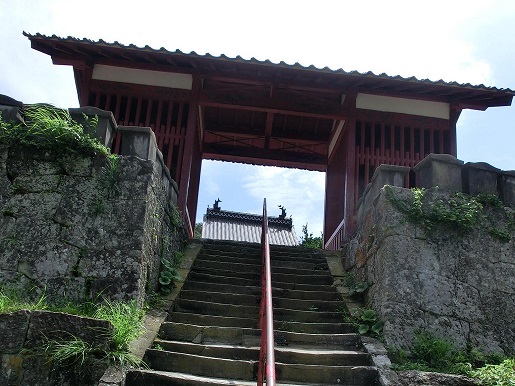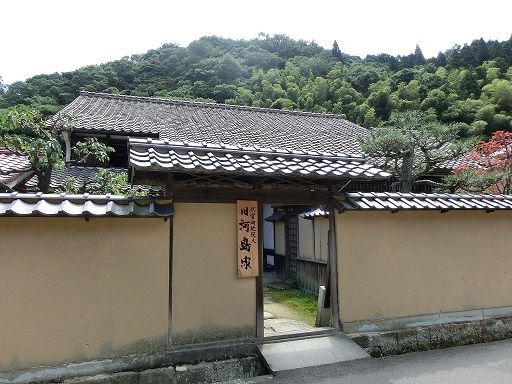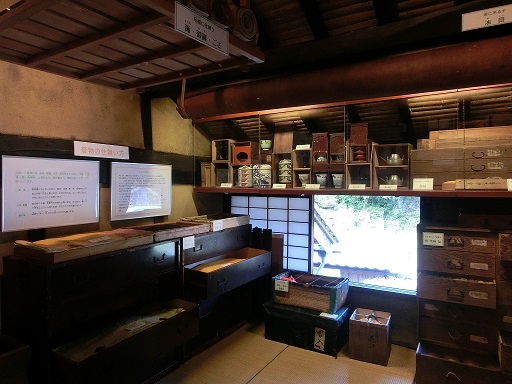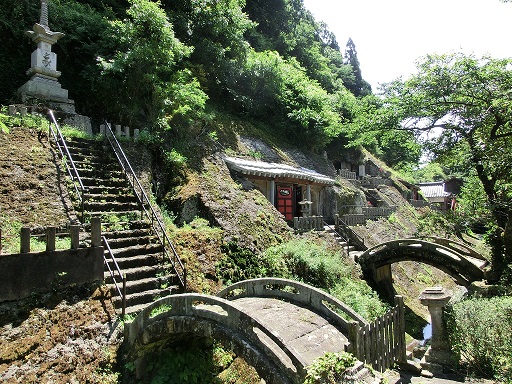|
Omori Historical District in Iwami Silver Mine
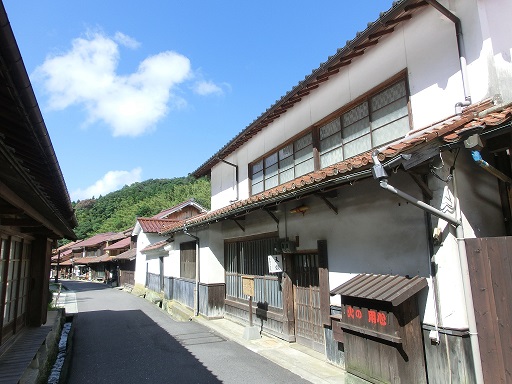
Iwami Silver Mine produced approximately one third of total silver amount in Japan in the late sixteenth century and the beginning of the seventeenth century. As Silver production from Iwami Silver Mine brought wealth to "Edo Bakufu", the central government of Japan ran by TOKUGAWA Clan in the Edo Age (1603-1868), "Edo Bakufu" directly governed Iwami Silver Mine and placed the Omori Magistrate's Office.Please refer the top page of "Iwami Ginzan" for the information of other areas: http://handejapan19.html.xdomain.jp/TravelDestinations/Chugoku/IwamiSilver_E.html Please refer the page of "Omori Magistrate's Office" for more detail: http://handejapan19.html.xdomain.jp/TravelDestinations/Chugoku/OmoriMagistrate_E.html The Omori Magistrate's Office was located approximately four kilometers north from the mining galleries of Iwami Silver Mine. Omori Historical District is located between the magistrate's office and the mining galleries. Kanzeonji TempleFrom KUMAGAI Residence, Omori Historical District continues to the south. The historical building with white walls covered by plaster paste is "TAGI" Residence. Please refer the page of "KUMAGAI Residence" for more detail: http://handejapan19.html.xdomain.jp/TravelDestinations/Chugoku/OmoriMagistrate_E.html#KumagaiResidence 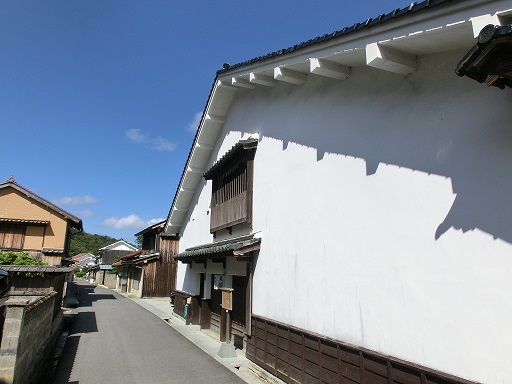
"TAGI" Residence used to be a Japanese style hotel, where government officials and village people stayed for their official purposes. If you walk further to the south, you will see Kanzeonji Temple on a small hill. There is no record when Kanzeonji Temple was built. It is said the temple was built in the middle age (the fifteenth or sixteenth century). The current temple buildings were rebuilt in 1860, after the fire happened in 1800. 
From Kanzeonji Temple, you will see Omori Historical District. Red tile-roofed houses are very impressive. |
